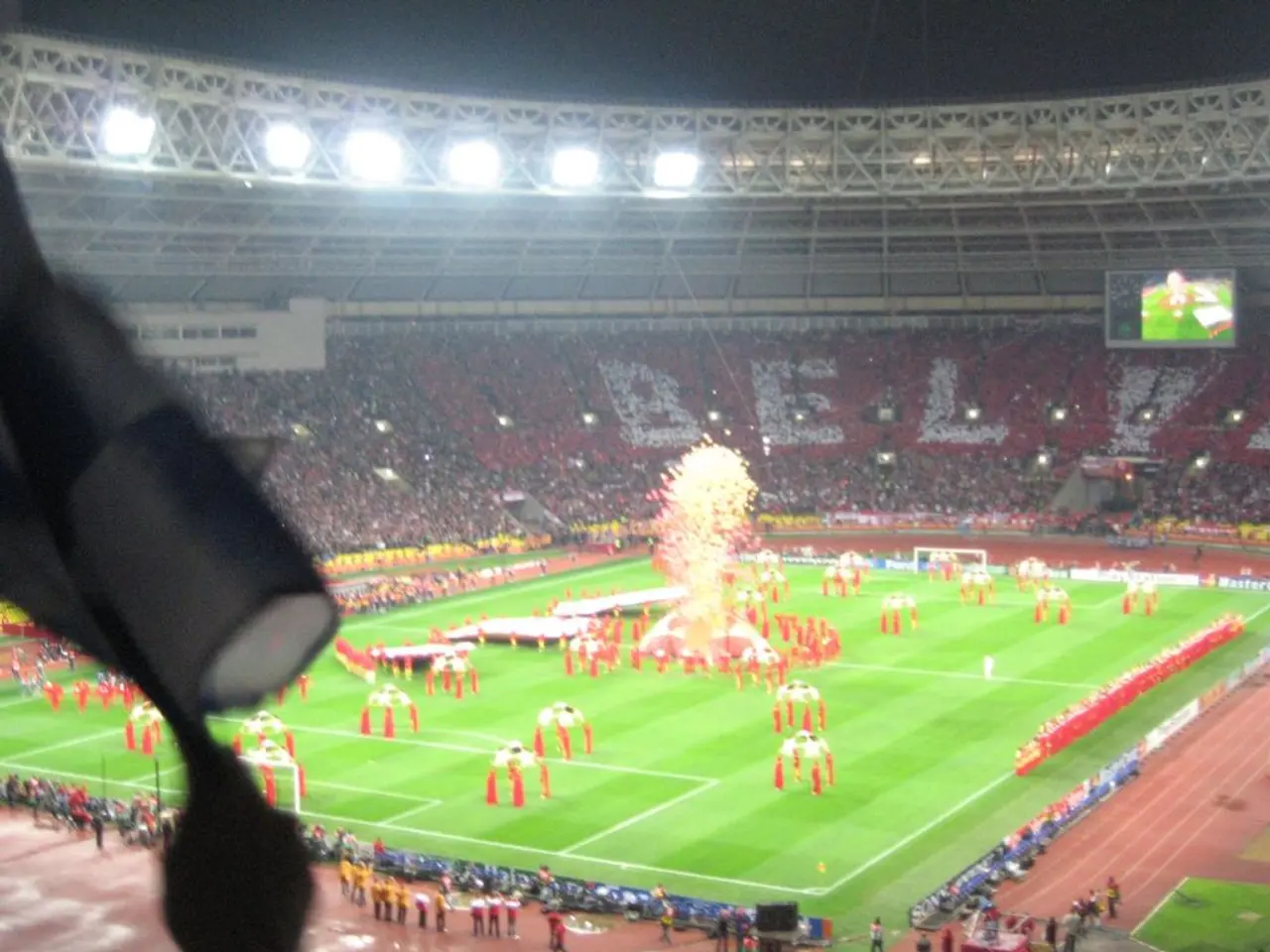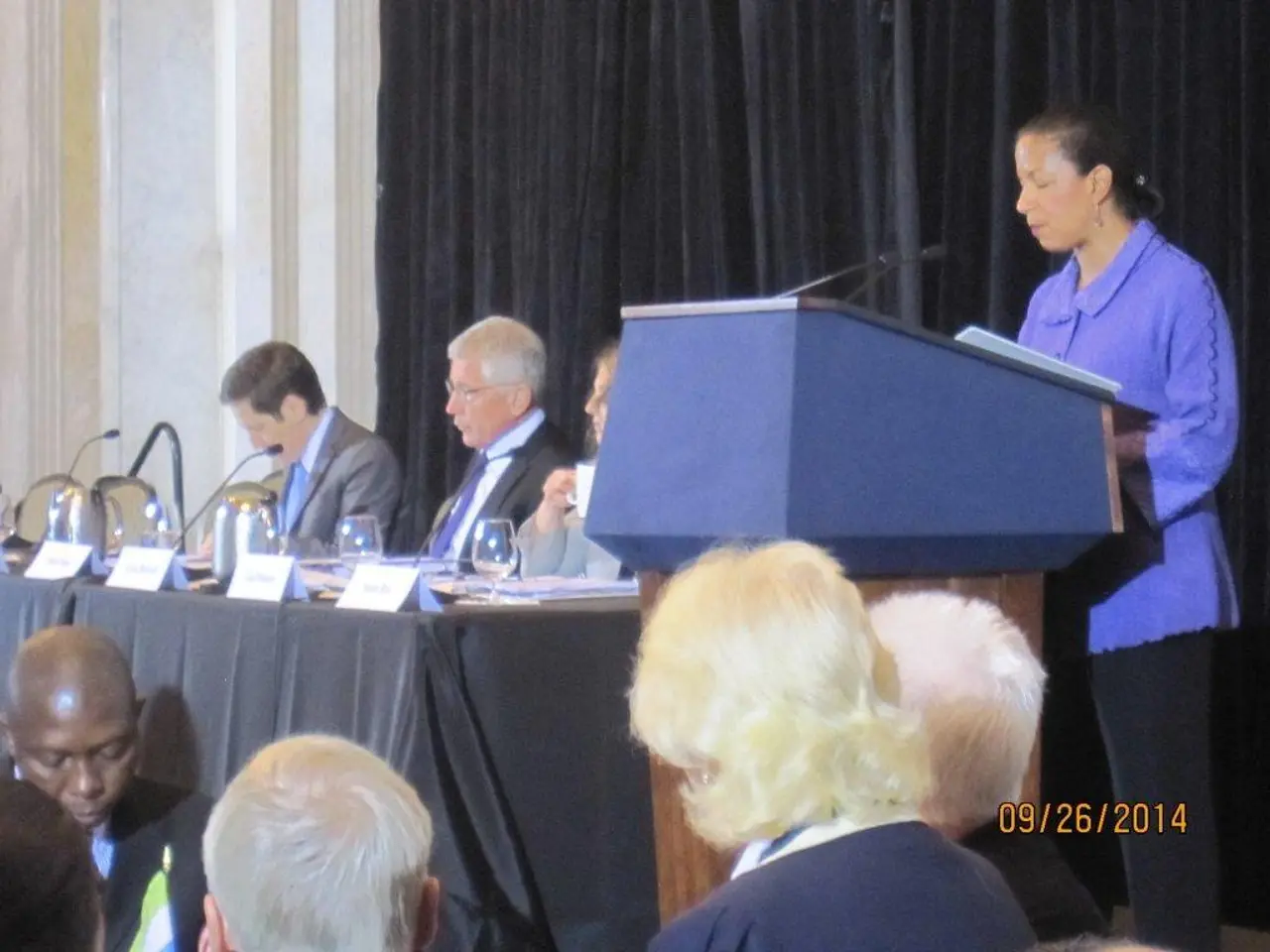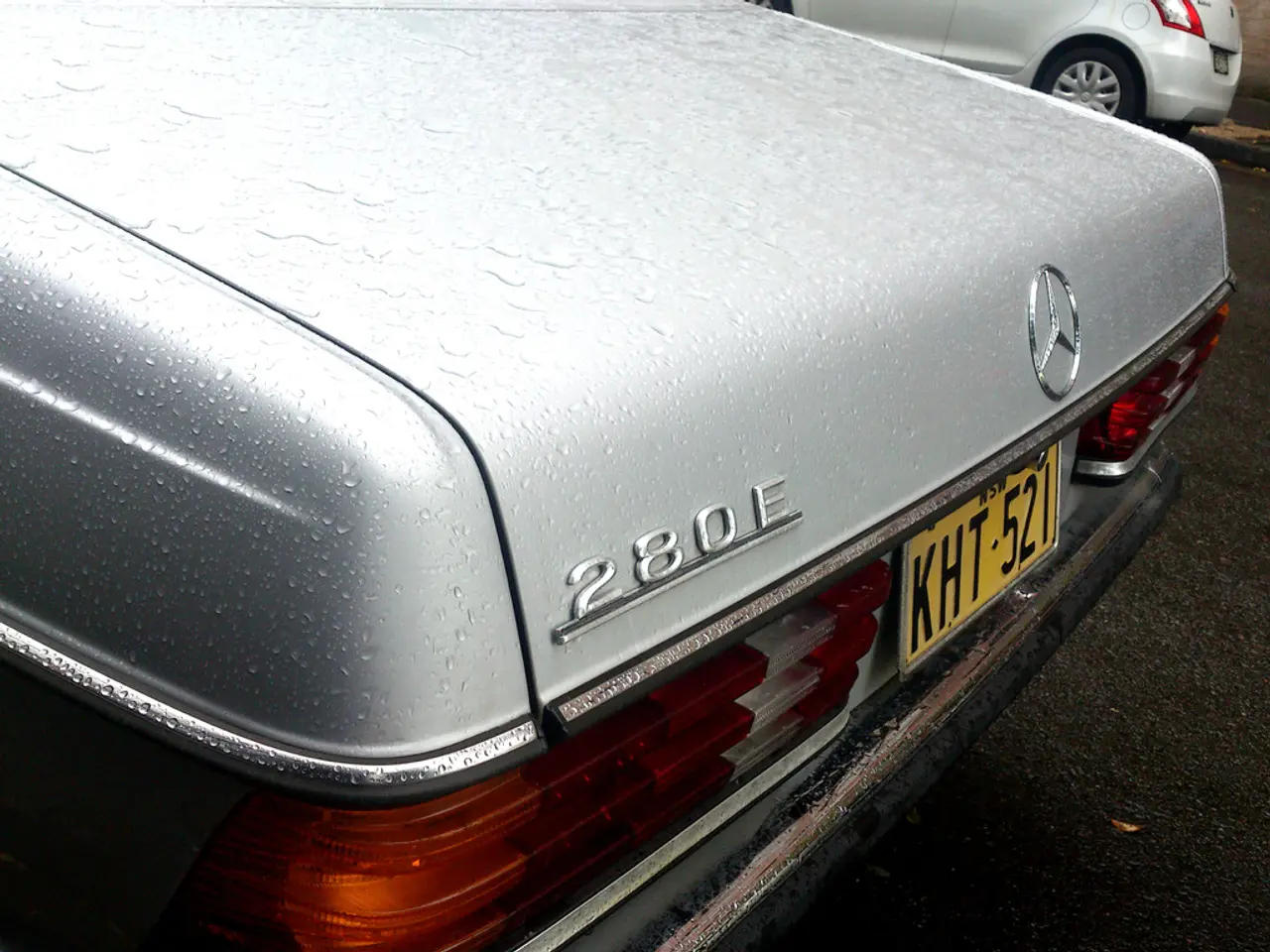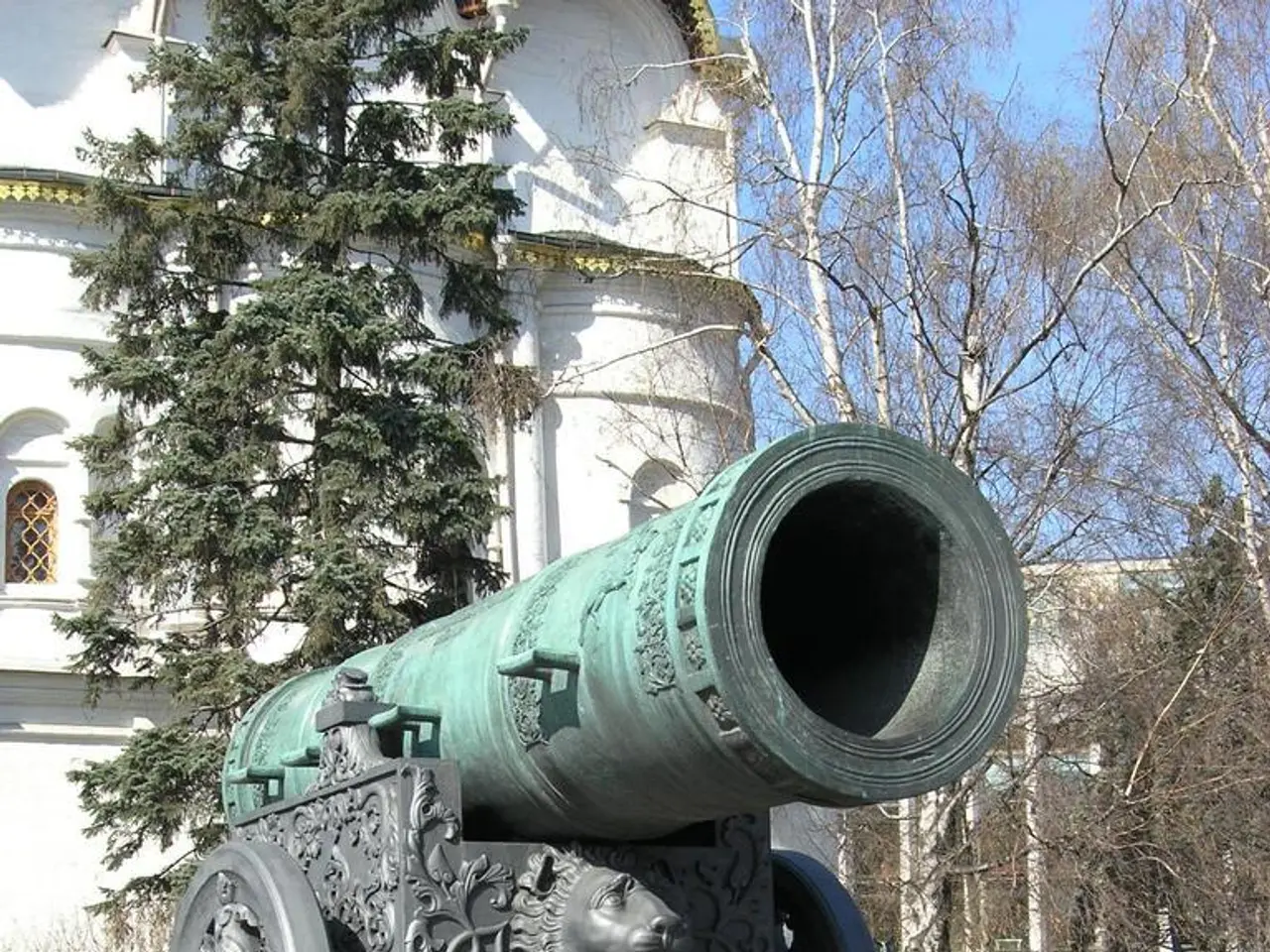High Interest Rates and Russia's Economic Woes: A Fine Line Between Stability and Stagnation
Country's economy minister, Reschetnikov, foresees Russia edging towards a recession.
Say goodbye to cheap loans, my friends. The Russian Minister of Economy, Maxim Reshetnikov, ain't mincing words when he says Russia is "teetering on the edge of a recession." He dropped this bomb at the Economic Forum in St. Petersburg, blaming mounting financial pressures on those exorbitant interest rates that keep folks up at night.
After two years of robust growth, primarily fueled by military spending, Russia's economy took a slight step back in 2025, with the GDP growing by only 1.4% in the first quarter. Economists have been quick to point the finger at high interest rates, which currently sit pretty at 20%. The Central Bank's aim? To keep a tight rein on inflation that's been creeping up for months, with prices rising by nearly 10% in May.
Reshetnikov himself has been vocal about these sky-high interest rates, joining a chorus of critics in recent weeks. However, he made it clear that he didn't predict a full-blown recession. He just said they're on the brink. The fate of the Russian economy, it seems, hangs on the decisions made in the coming weeks. "If we play our cards right, we won't be facing this," he said, "I'll reassess the situation in August when the dust has settled and the effects of our actions are clear."
Inflationary pressures, a strong ruble, economic and political context - these are the factors driving Russia's high interest rates. The Central Bank's monetary policy is aimed at controlling inflation and stabilizing the ruble, which means businesses and consumers are left with more expensive loans and a chill in investment and consumption. If the forecasts prove true, GDP growth might not hit the government's target of 3%.
Analysts warn that the high interest rates could lead to a crisis in the retail sector, with non-food goods facing deflation and businesses struggling under the weight of high interest payments and rental costs. However, the Bank of Russia remains determined to maintain these tight monetary conditions until inflation levels drop substantially. Some economic leaders argue that a rate lower than 15% is needed to stimulate recovery and economic growth, suggesting the current rates are overly restrictive.
So there you have it - a precarious dance between inflation control, currency stability, and economic growth. While high interest rates help keep the ruble strong and tame inflation, they also pull the brakes on economic growth, increase business costs, and dampen consumer demand. As the Russian economy teeters on the edge, only time will tell if it's going to take a plunge into recession or find its footing again.
References:[1] Bank of Russia policy announcements[2] Expert analyses in source [1][3] Source: ntv.de, AFP[4] Source: Reuters[5] Source: Bloomberg
Please note that the included references are for information purposes only and their accuracy cannot be guaranteed.
- The Russian economy, with its high interest rates, is facing a challenging employment environment due to increased business costs and decreased investment opportunities as a result of the monetary policy aimed at controlling inflation and stabilizing the ruble.
- In the context of Russia's economic woes, including high interest rates and a potential recession, the government and central bank may need to reevaluate their community and employment policies to help businesses and employees navigate this period of economic uncertainty.






